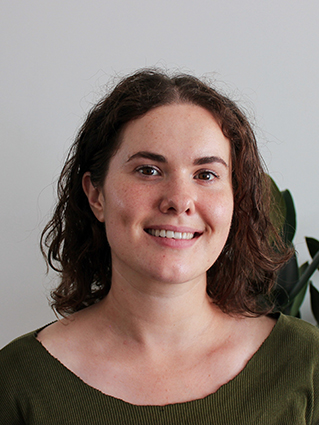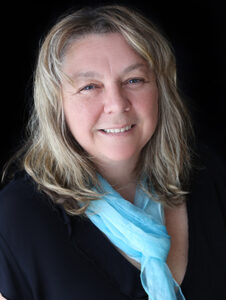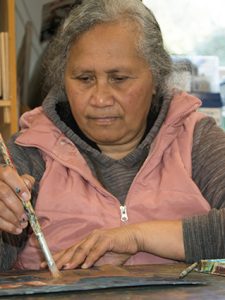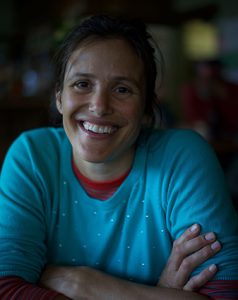Creative Arts Therapy
The creative arts therapies are based on the idea that creativity enhances the well-being of all people and is a natural aspect of all cultures and human experience.
From an Arts Access Aotearoa Q & A with Amanda Levey
Former President ANZATA, now ANZACATA (Australian, New Zealand and Asian Creative Arts Therapy Association)
Former Head of School of the Masters of Arts in Creative Arts Therapy (clinical) programme at Whitecliffe College of Arts and Design
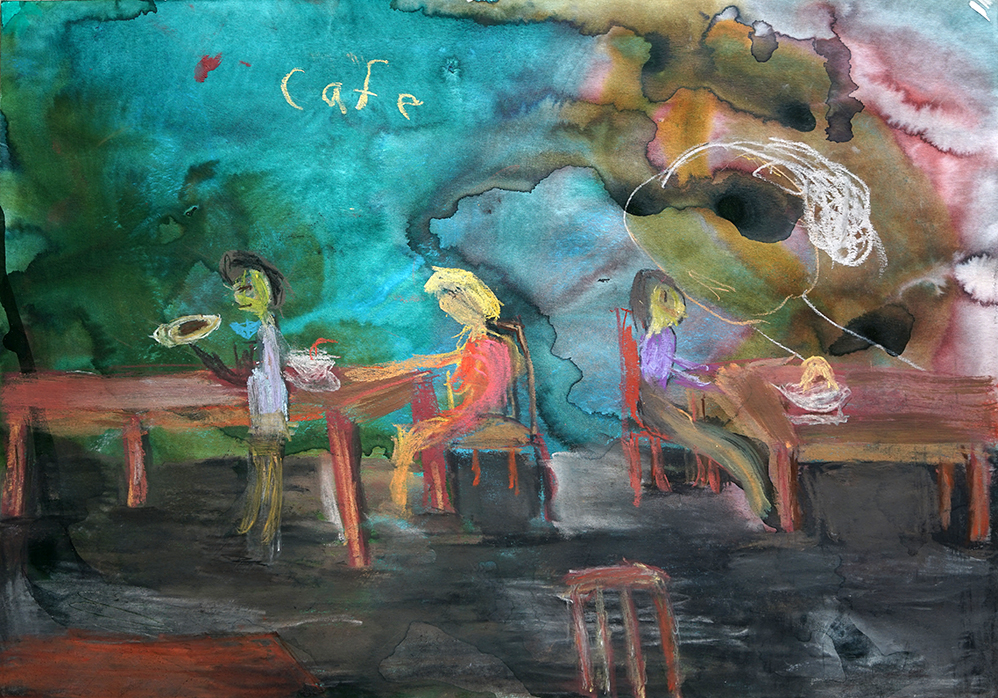
Image: Café Cezanne by Allyson Hamblett
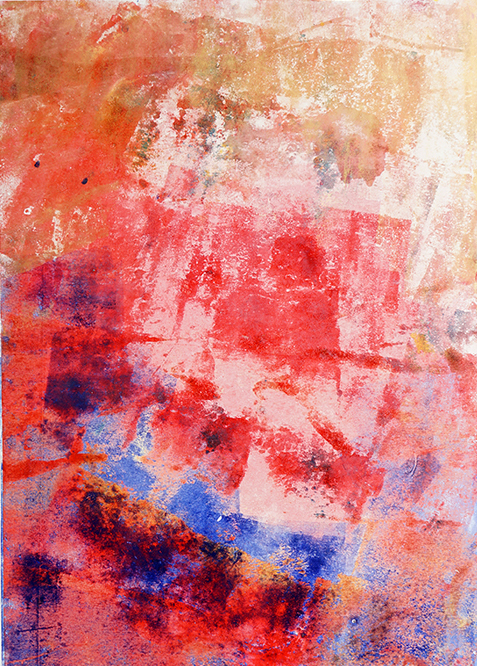
Image: Colourful Paint by Annie Brown
What is creative arts therapy?
Creative processes can be a way for us to explore and express feelings that may be hard to put into words.
Creative arts therapy utilises creative activities such as visual art, movement, poetry, drama, and sound, as forms of expression and communication.
A creative arts therapy session aims to provide a greater sense of well-being to anyone who chooses to participate.
The practice is particularly relevant for children and young people and those with diverse needs and abilities.
Also the arts can be a novel and powerful mode of understanding and insight for those who tend to over-think or over-talk.
What does creative arts therapy offer that is different from other forms of therapy?
Some of the benefits of creative arts therapy over traditional “talking” therapy:
- Through speech we can only say what we already know – by utilising our imagination, we can discover fresh ideas about ourselves and the world.
- Feelings are often multi-dimensional and multi-layered. The arts can be used to express multiple things simultaneously, while words tend to express a single thing at a time.
- The creative arts can access material that may be hidden from our conscious mind.
- The arts can clarify emotions and release feelings, such as those of anger or sadness, in a safe and acceptable way.
- Playfulness can be rediscovered and utilized to break through feelings of ‘stuckness’.
- Breaking out of the confines of thinking and talking can help us explore and find new opportunities to be positive.
- The creative process can offer a concrete object to look at and, over time, understand more from. This could be visual art, an object, writing or video of movement.
- The creative process offers a triangular relationship, with the creative activity or product as a third element, along with participant and therapist. This can be a less threatening experience for participants.
- Conversation while making art can also be a vehicle for deeper sharing, as seen in Pasifika cultures through the concept of Talanoa (the sharing of ideas, skills and experience through storytelling).
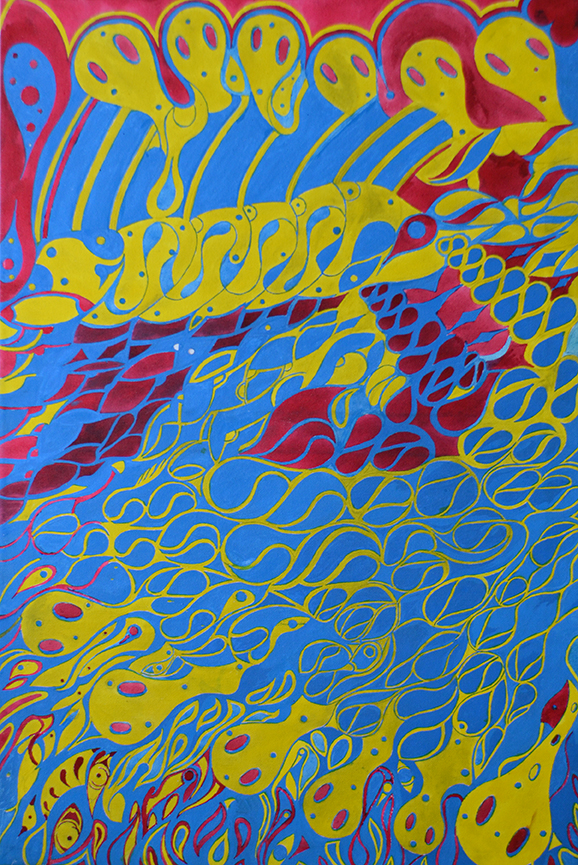
Image: Untitled by Michael Nathan
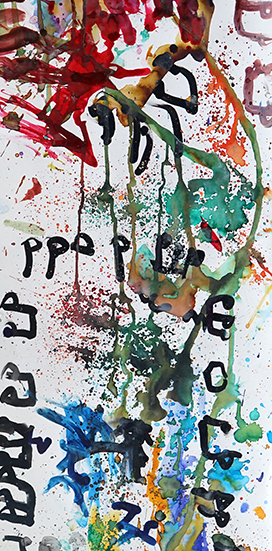
Image: Music by David Phuah
How does the experience of a creative arts therapy session differ from making art for pleasure?
Creative arts therapy can be seen on a spectrum.
At one end is the use of the arts “in” therapy, where the therapist companions participants in order to utilise arts activities to express feelings and thoughts, and to come to understand themselves better.
At the other end of the spectrum is the use of the arts “as” therapy: a calming or therapeutic experience more similar to creating art for pleasure or for its own sake.
Arts therapists are able to adapt their practices along this spectrum, depending on the needs of their participants at any particular time.
In addition, the focus of arts therapy is on the process, not the artistic product.
The value of the work is what it reveals for the participant and often the resulting art is not kept or shown to others except if the participant chooses to.
This can often be a freeing experience – the removal of pressure to judge an artwork or product based on its aesthetic qualities, but rather it’s expressive value
This can unblock artists and help them to be more experimental and playful with their creative process.
Is arts therapy being used in creative spaces?
One creative space utilising the creative arts therapies is Māpura Studios in Auckland.
Since 2010, it has provided an art therapy programme for people who have experienced the trauma of stroke. This is an intensive 12-week group programme, offered annually and recognised in University of Auckland research as having “significant benefit” to participants.
Following this often life-changing course, participants can continue on to an Arts Transition class where fine art technique is introduced, and finally the Leading a Creative Life class where participants can develop their art practice. Many find a new identity as artists.
Other programmes delivered by Māpura Studios for the particular needs of children, youth and adults with diverse needs and abilities are an innovative synthesis of creative art-making and creative arts therapy, supported by an extensive exhibition programme in public galleries.
Banner image: Untitled by Bruce Farnhill
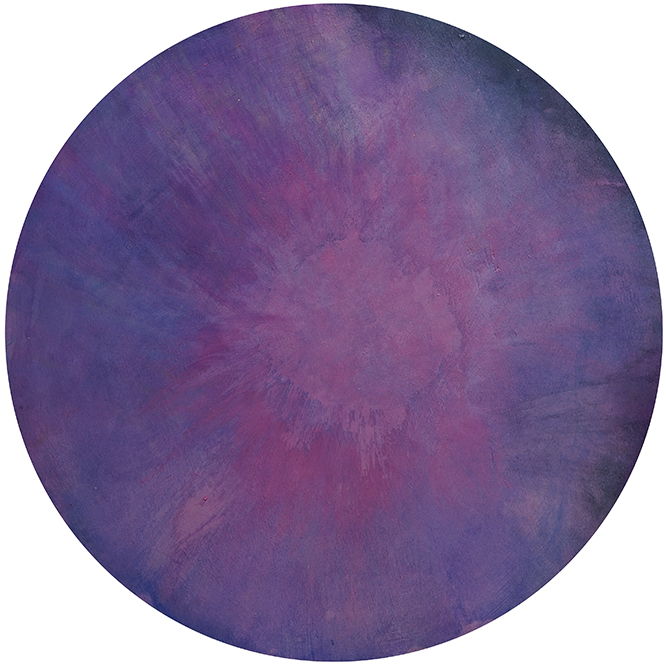
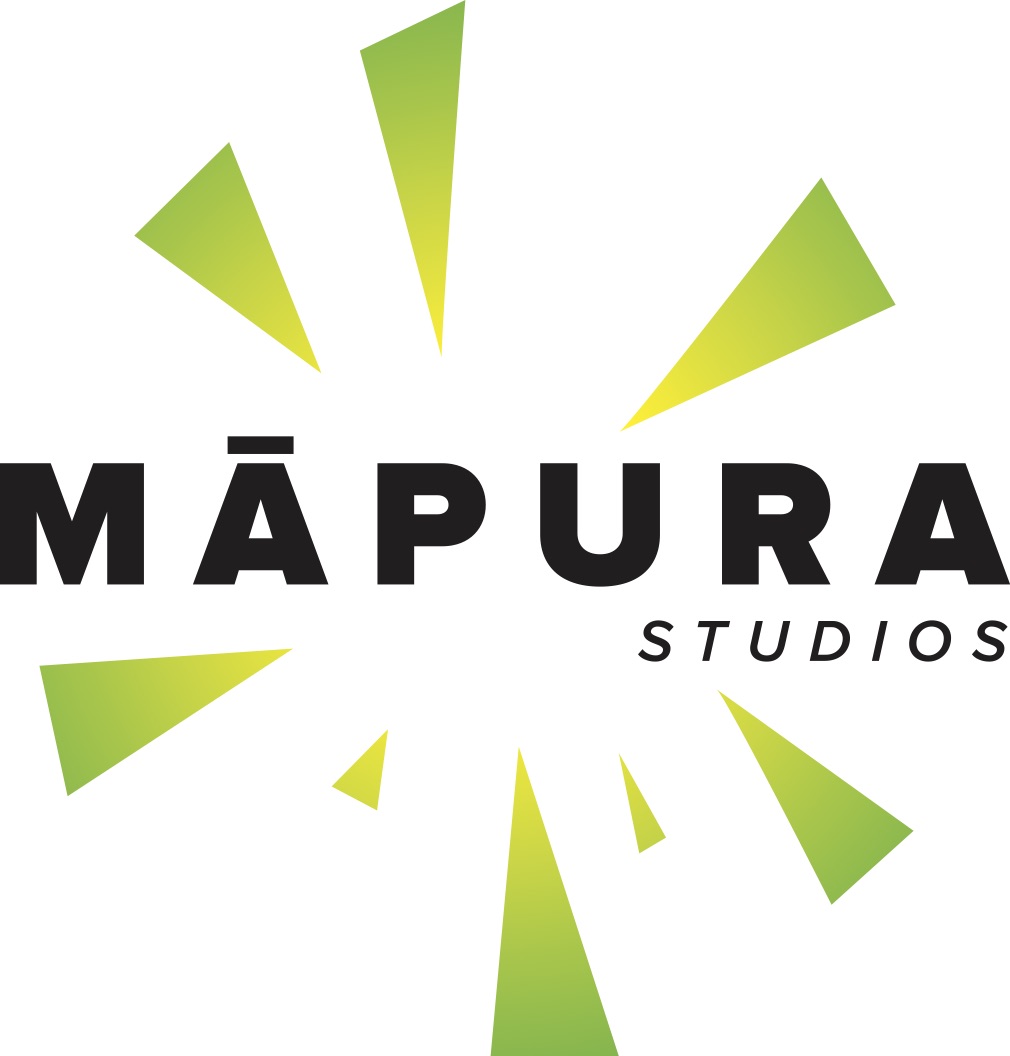

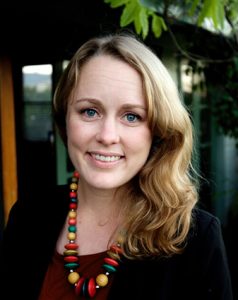
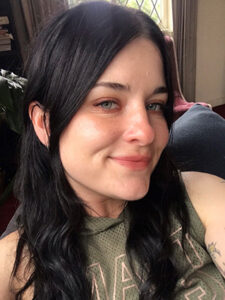


 Diana McPherson
Diana McPherson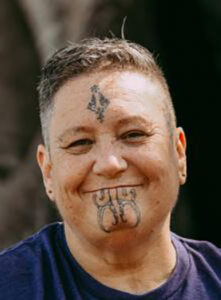
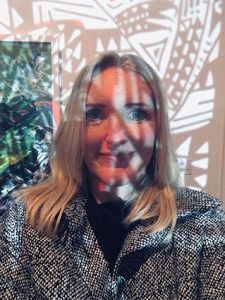
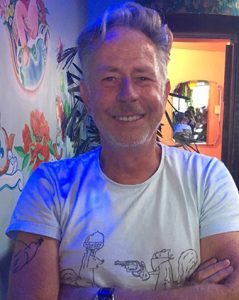
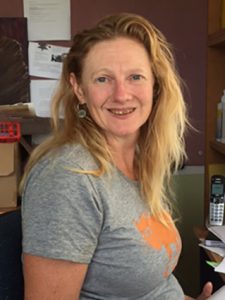 Alex McPherson
Alex McPherson
 Cath O'Brien
Cath O'Brien Alvie McKree
Alvie McKree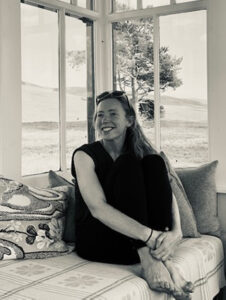
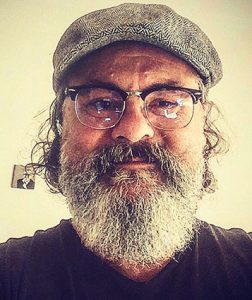
 Daneil (Dan) Cunningham
Daneil (Dan) Cunningham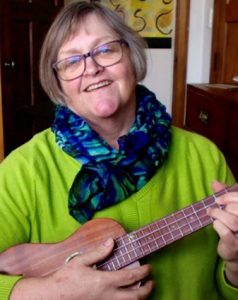
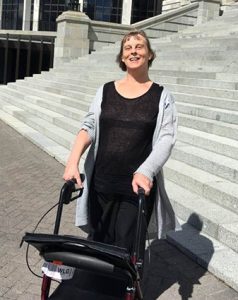 Allyson Hamblett KSM
Allyson Hamblett KSM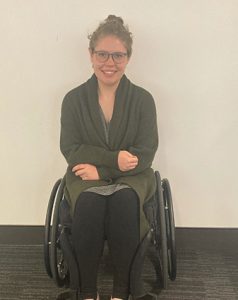
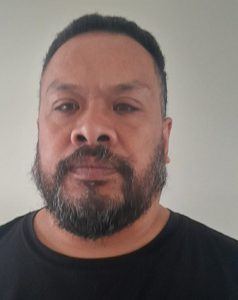
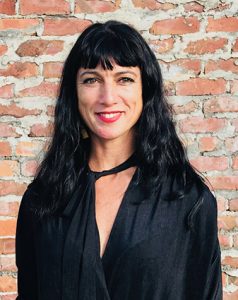 Emilia Rubio
Emilia Rubio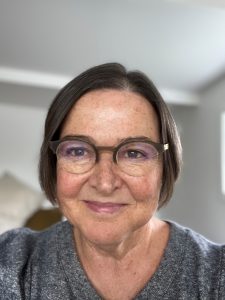 Jane Bawden
Jane Bawden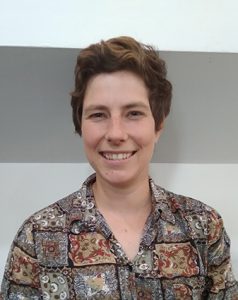
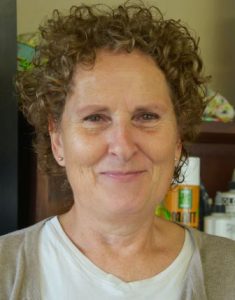
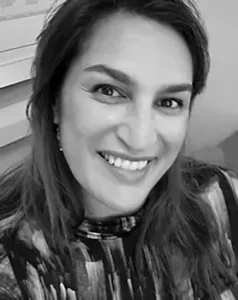
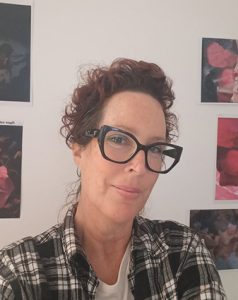
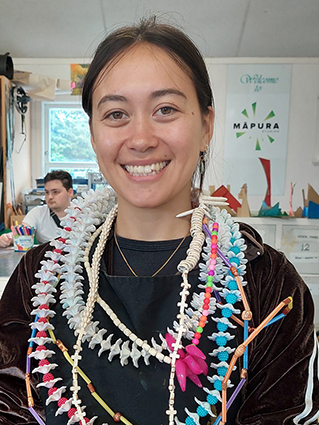
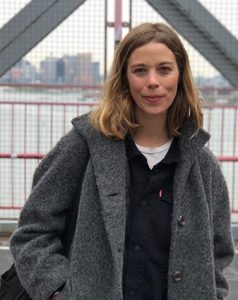
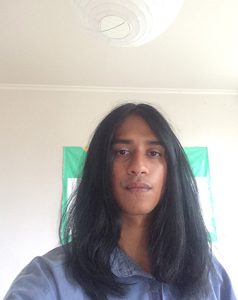
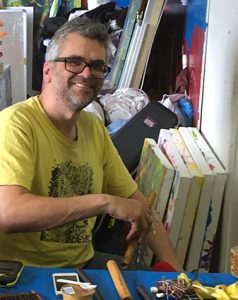
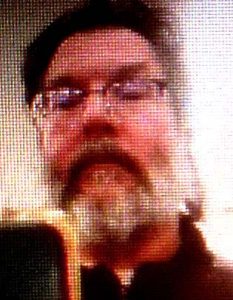
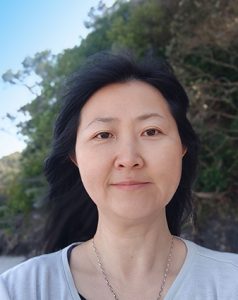 Xu
Xu
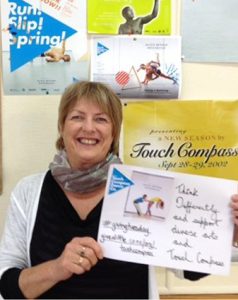
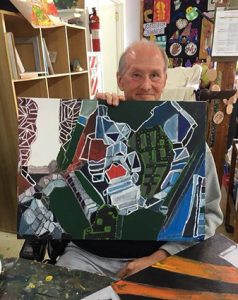
 Chloe Mao
Chloe Mao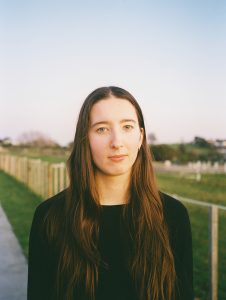 Gabrielle Stoddard
Gabrielle Stoddard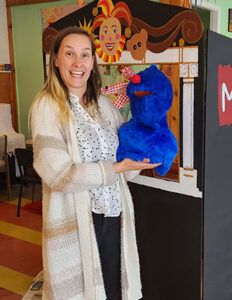
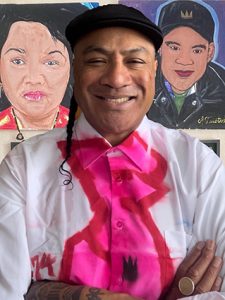
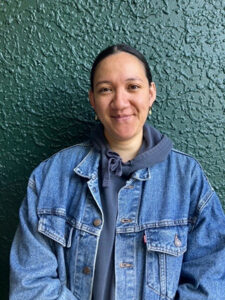 Monari Falepeau
Monari Falepeau Merrin Fagan
Merrin Fagan